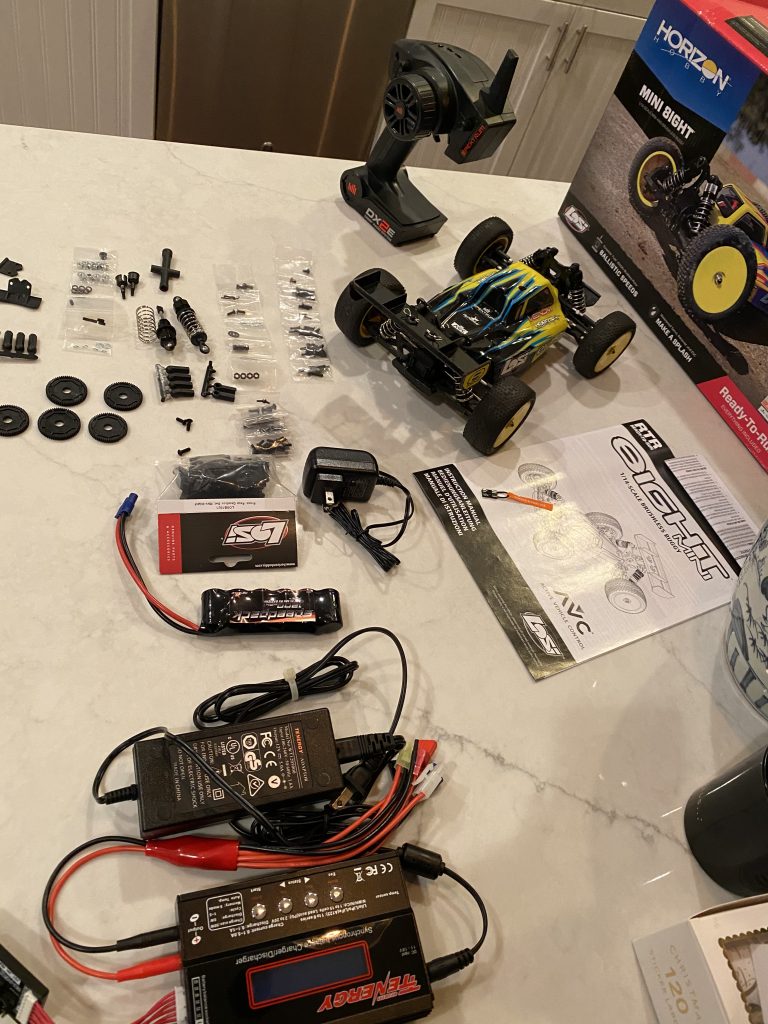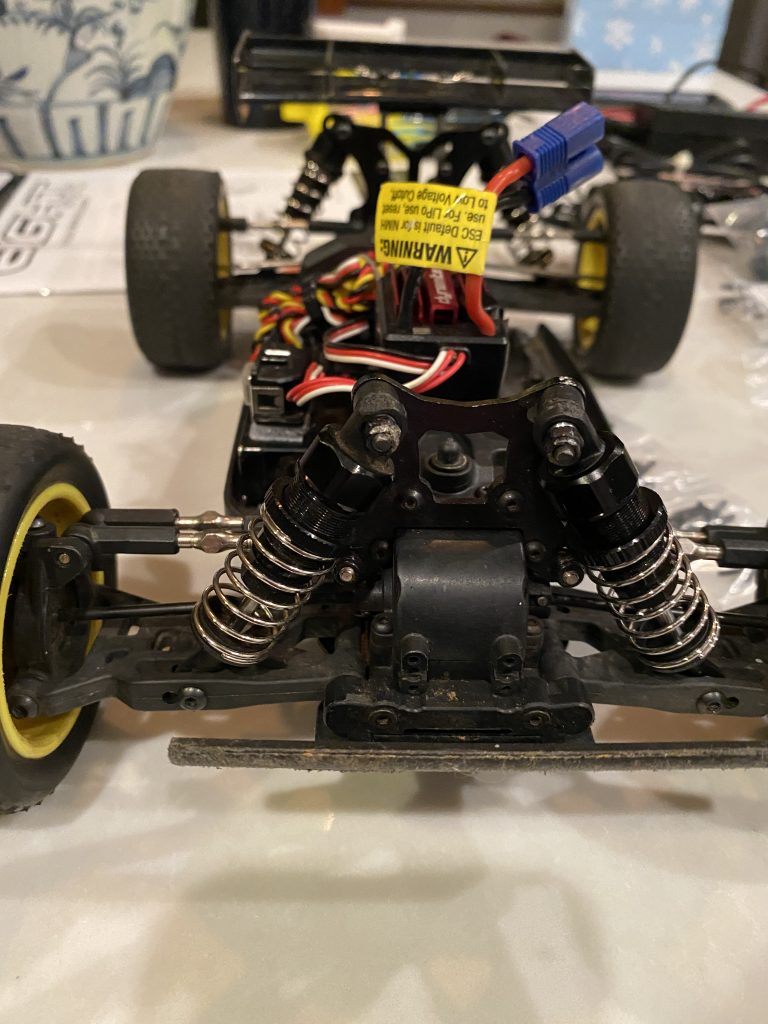STEM Related – https://tksstgiftguide.tumblr.com
Bookmark: Free for developers …
free-for.dev Developers and Open Source authors now have a massive amount of services offering free tiers, but it can be hard to find them all in order to make informed decisions. This is a list of software (SaaS, PaaS, IaaS, etc.) and other offerings that have free tiers for developers. The scope of this particular list is limited to things infrastructure developers (System Administrator, DevOps Practitioners, etc.) are likely to find useful.
1/14 Losi 8ight Mini
Probably the most fun RC car I have ever owned. Bullet proof, fast as a rocket (with a 2S LIPO) and easy to drive.





SBUX Financial Analysis
This was a fun assignment during a Financial Management course analyzing a stock and sharing a report on your findings.
I. Executive Summary: The following is an analysis of the publicly traded Starbucks Corporation known by the ticker symbol, SBUX and referenced to as Starbucks in this document. We have taken an analytical approach to both the stock valuation and firm valuation. In our findings, the Sharpe ratio shows that Starbucks is currently outperforming the market even after risk adjustment. Through further analysis between financial performance, stock performance, and firm performance compared to both the overall market as well as industry-specific competitors we will conclude with a recommendation as to whether or not we believe one should purchase the SBUX stock while understanding external and internal risk factors. As a contingency on our recommendations, we acknowledge that Starbucks is exposed to risks from global trade as well as from a possible change in the economic situation and acknowledge that we have only estimated on a 5-year projection basis which limits our ability to predict further than a 5-year holding period.
Memorable Rounds: Pinehurst #2 with Marc
Spent a couple days in Pinehurst with Marc and our families and played Dormie Club and #2.






Travel: Pinehurst, NC
The bus ticket theory of genius
Source: http://paulgraham.com/genius.html
Everyone knows that to do great work you need both natural ability and determination. But there’s a third ingredient that’s not as well understood: an obsessive interest in a particular topic.
To explain this point I need to burn my reputation with some group of people, and I’m going to choose bus ticket collectors. There are people who collect old bus tickets. Like many collectors, they have an obsessive interest in the minutiae of what they collect. They can keep track of distinctions between different types of bus tickets that would be hard for the rest of us to remember. Because we don’t care enough. What’s the point of spending so much time thinking about old bus tickets?
Random impromptu SUP down the rapids on the fork!
With Jon and Ben!




Bookmark: The short history of global living conditions and why it matters that we know it

Very few think the world is making progress. In this article we look at the history of global living conditions and show that the world has made immense progress in important aspects.
https://ourworldindata.org/a-history-of-global-living-conditions-in-5-charts






You must be logged in to post a comment.